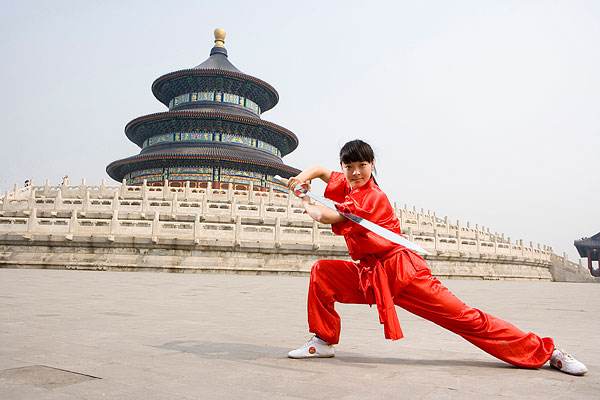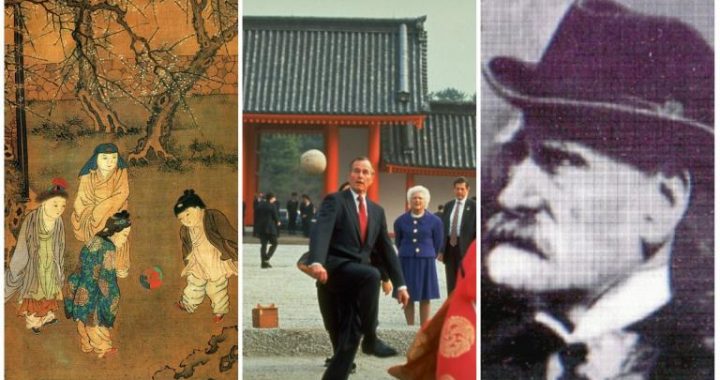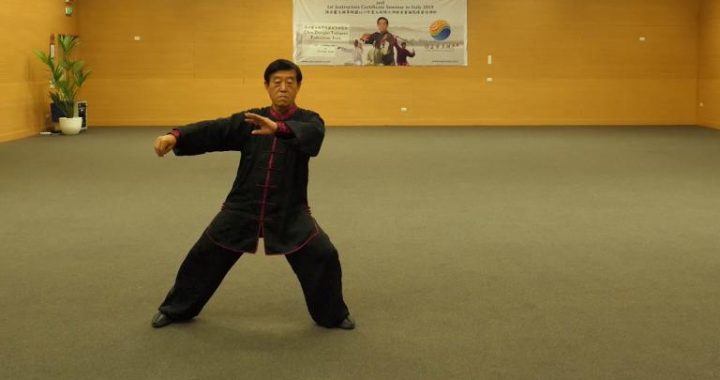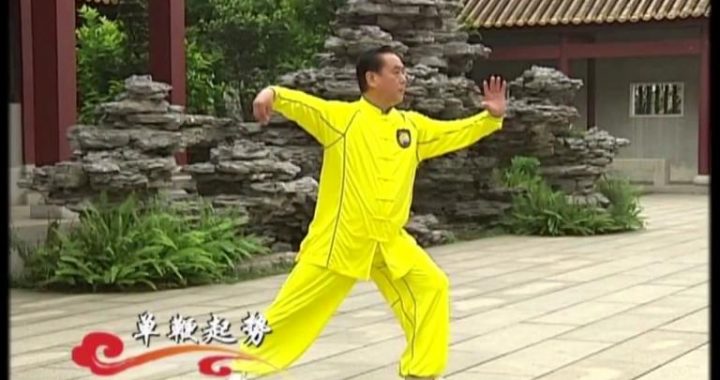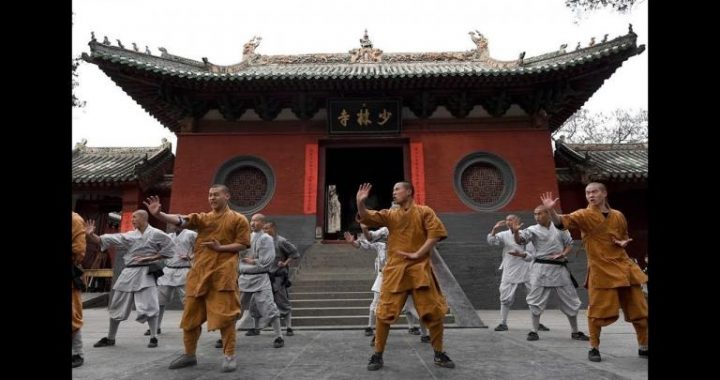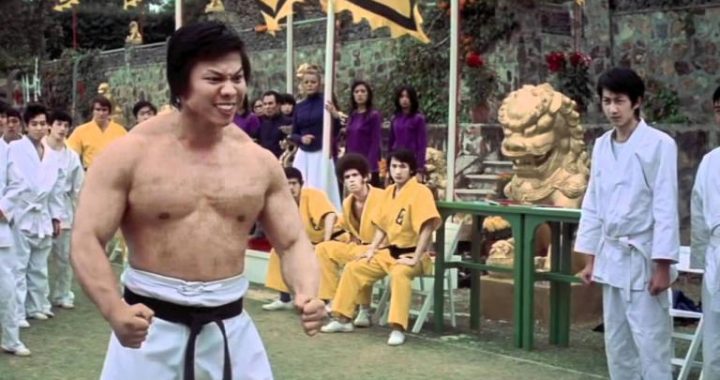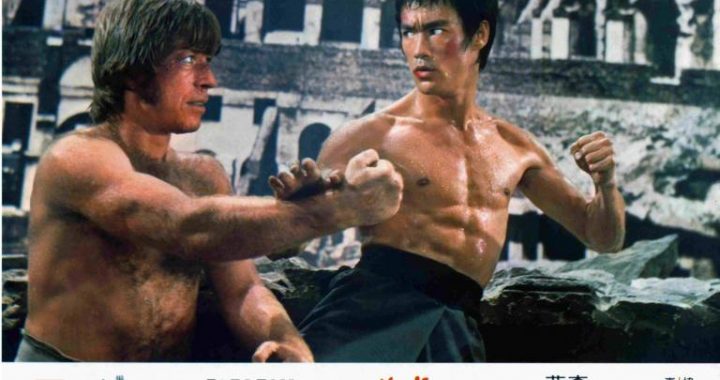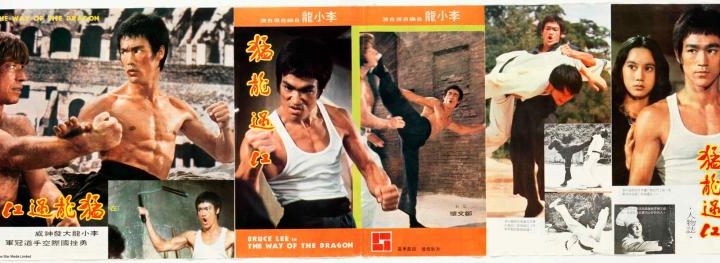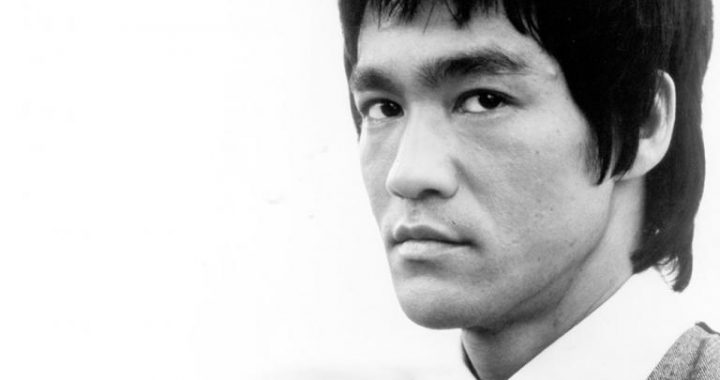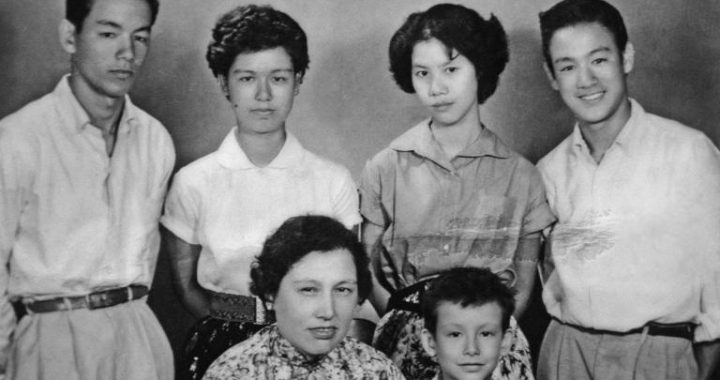Chinese Wushu and Chinese Culture
1 min readWushu,a collection of thousands of years of human wisdom, embodies the national traditional culture in martial art form and also reflects the self-defense and health practices of Chinese people.
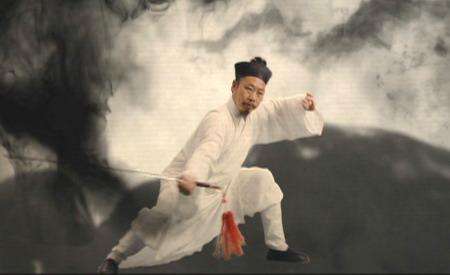
The core philosophy of Wushu is drawn from the Confucius principle of physical and mental integration combined with neutralization; the Taoist principle of dynamic balance; the Buddhistprinciple of showing cultural syncretism of Confucianism, Daoism and Buddhism in China; and the Eastern theory, which believes man is an integral part of nature.
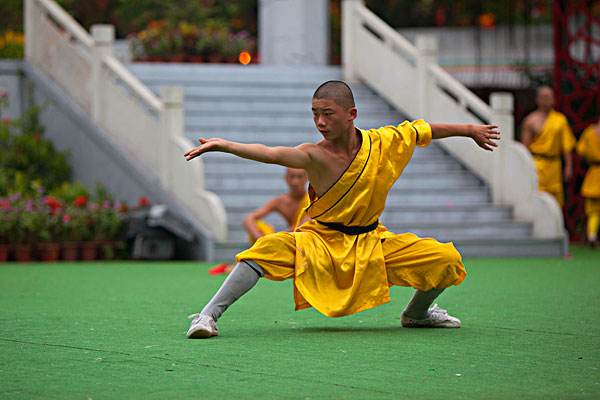
Compared with other Chinese cultural forms, martial arts are seen as a highly exclusive culturalsystem. With the exception of the Buddhism practices introduced during the Han and Wei dynasties (202 BC-AD 265), Wushu was hardly affected by external influences. Martial arts were essentially derived from the lower class, which reflects the character, thinking patterns and behaviors of China’ sancient lower class. Therefore, martial arts should belong to a purely civilian cultural class. Against “elegant cultures”such as music, chess, calligraphy, painting and poetry, martial arts appear hard and rough. At the same time, though Wushu maintains the simple and unsophisticated appearance of the country, it is characterized for its robust beauty and is still considered as a piece of pure land in the field of Chinese traditional culture.
